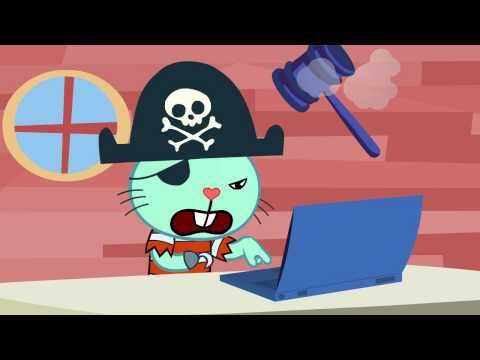YouTube Copyright Strikes Out

The YouTube copyright enforcement program is a complex series of rules and technical processes that governs what can and can’t be uploaded onto the world’s largest single source of user generated content. Yet by imposing a uniform set of rules and dispute resolution procedures to enforce copyright globally, YouTube has created a defacto supranational legal system where the sheer size and scale of daily enforcement activity would probably exceed the entire global volume of court adjudicated copyright judgements.
YouTube users who are subject to allegations of copyright infringement and receive strikes against their accounts can be subject to having their channels restricted, suspended or removed entirely from YouTube with only limited recourse to national legal systems in practice. YouTube copyright strikes can be issued against content that is subject to ongoing formal legal proceedings; under negotiation; or content that has a reasonable claim for fair use / copyright exemptions – yet due to the critical value of YouTube as a distribution platform, such formal legal processes are often of secondary importance to the resolution of such disputes.
Due to the private and confidential nature of such disputes it is difficult to quantify the impact of YouTube’s copyright dispute resolution mechanisms, but anecdotal evidence suggests that it has a material impact on both the types of disputes dealt with by YouTube and the means of their resolution.
A recent article from NYU’s Engleberg Center on Innovation Law and Policy sums up many of the challenges in dealing with the opaque, private global system embodied by YouTube’s copyright strike system.
The article explains how the recording of an NYU seminar examining the music copyright infringement was flagged up by YouTube’s automatic Content ID system. When NYU claimed a fair use exemption under US Copyright law it was rejected by the copyright owner (Universal Music Group). Despite what seemed like a clear cut example of fair use, for NYU to then proceed to file a YouTube Counternotice, had that failed NYU could have been subject to a YouTube Copyright Strike, which could potentially result in the entire NYU channel being restricted, suspended or terminated from YouTube.
As the author of the NYU article notes, despite the validity of the claim, at such a point most YouTube users would just give up:
This would have been a dead end for most users. Unable to understand how the already opaque dispute resolution process might impact the status of their account, they would have to decide if it was worth gambling their entire YouTube account on the chances that their some combination of YouTube and the rightsholder would recognize their fair use claim.
In this case NYU resolved this matter by making personal contact with the YouTube legal team, an option that isn’t available to very many YouTube users, in fact an option that isn’t even available to many lawyers either. YouTube does not have a formal mechanism to contest or appeal such a decision and opposing such a matter in the courts would be difficult and time consuming task.
YouTube’s copyright protection system was designed to efficiently deal with the mind bogglingly huge scale of copyright usage on the site while satisfying international copyright laws, and in particular the DMCA. Yet the consequential impact of such a system on intellectual property rights, freedom of speech and national jurisdiction is something that should be of interest to lawyers and the social media industry in general.
Understanding the relationship between national legal systems and the supranational rules of social media and UGC platforms such as YouTube, Facebook, TikTok etc. is a key element to an understanding of media law in the digital age.
